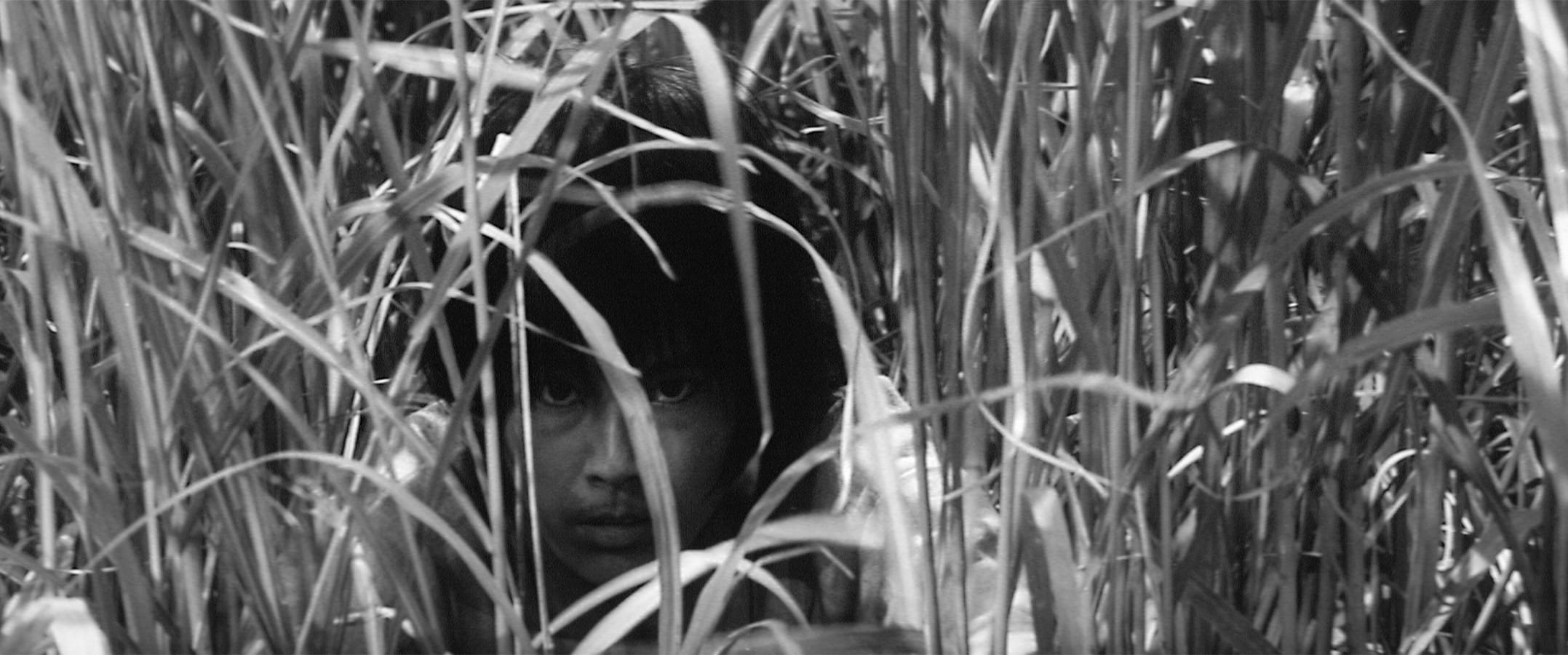Directed by Nobuhiko Ōbayashi
I come from a superstitious Southern family. I remember my grandma Ona just about fainting anytime one of us kids put a dining chair on one leg — she thought for sure that we were doomed to bad luck for the rest of our days. I still don’t really understand that one. My mother absolutely adored cats, however, if a black cat crossed her path while she was driving, she would mark an X on the left side of the windshield with her right hand. This was to ward off any bad luck or evil that said cat portended. I find myself compelled to perform the same action to this day even though I’m more apt to think that a black cat (or any cat for that matter) sighting is a good thing.
Our notion that cats are evil or at least supernatural goes way back. Christians in the Middle Ages thought that cats were agents of Satan, witches in disguise, or just plain evil. In Japanese folklore, the shape-shifting ghost/monster cat is called Bakeneko. The mythological Bakeneko are yōkai, or supernatural creatures, that allegedly begin as regular domestic cats. As they age, they become able to transform themselves into other shapes (including human) and gain supernatural powers.
Cat as consort to witches/evil is one of my favorite movie tropes. There’s the villain Blofeld’s white Persian lap cat in the 007 flick From Russia With Love, or Mr. Bigglesworth the hairless companion of Dr. Evil in Austin Powers: The Spy Who Shagged Me, or MAD cat the evil companion of Dr. Claw in one of my favorite cartoons of childhood, Inspector Gadget. Blanche the white cat from Hausu is a top-notch over-the-top offering in the category. The first hint that this friendly fluffy feline is something other comes as a little twinkle in the cat’s eye when the troop of teenage girls arrive at auntie’s diabolical house in the country. Before long, this freaky fuzz-ball transforms into a full-fledged Bakeneko. At the wacky climax of the screwball horror film a painted portrait of our feline friend sprouts fangs and begins spewing copious amounts of blood out of its wide-open mouth in true slasher style. At this point, it’s too late for an X on the windshield!


